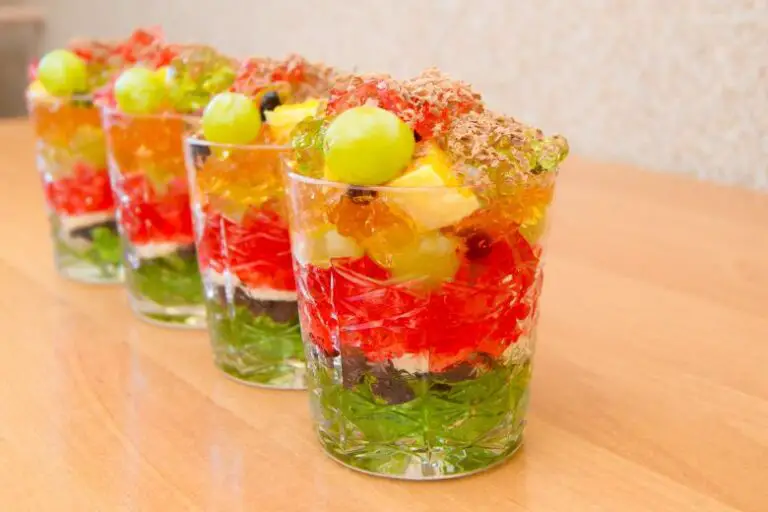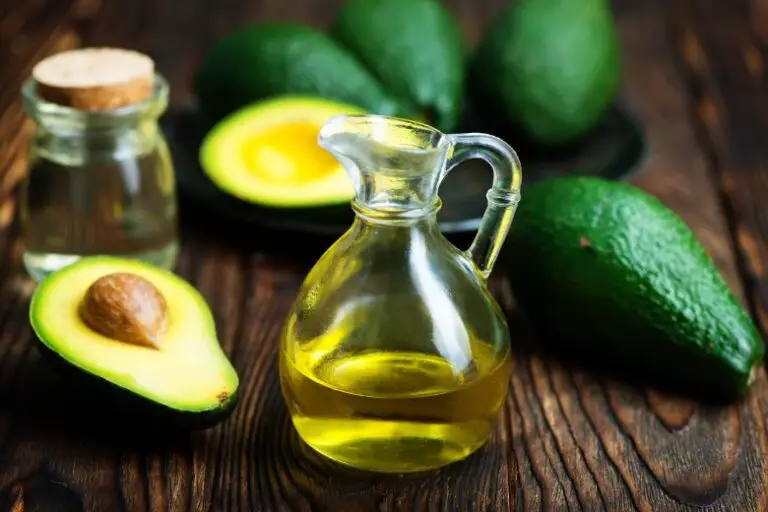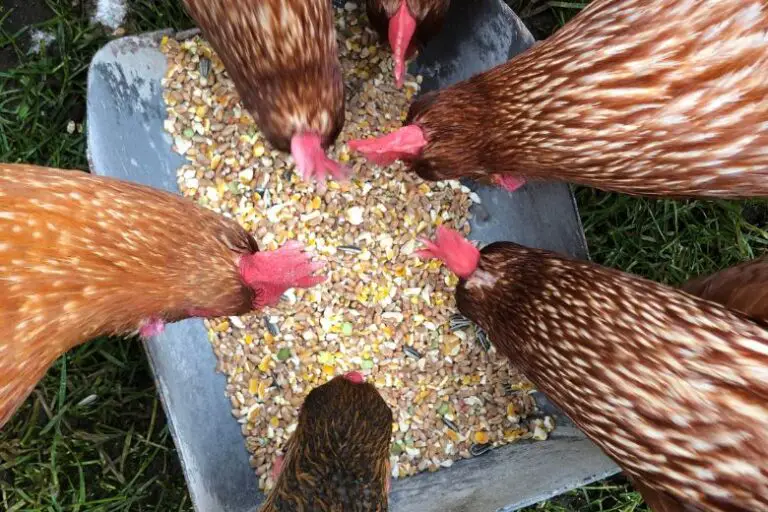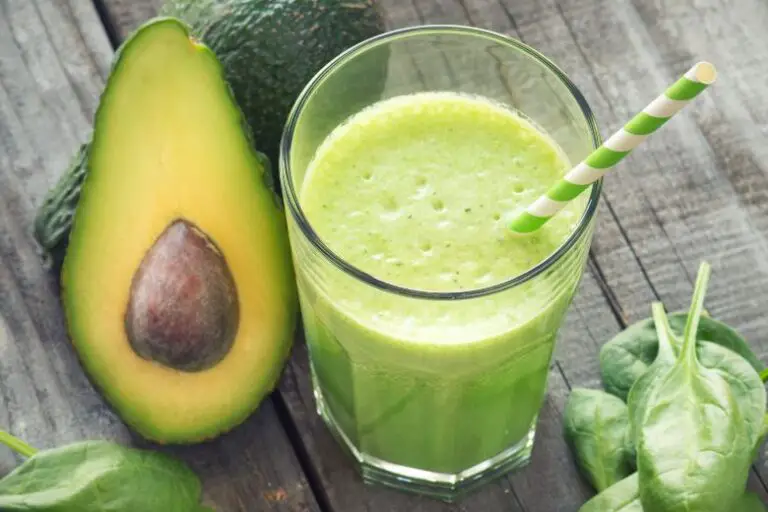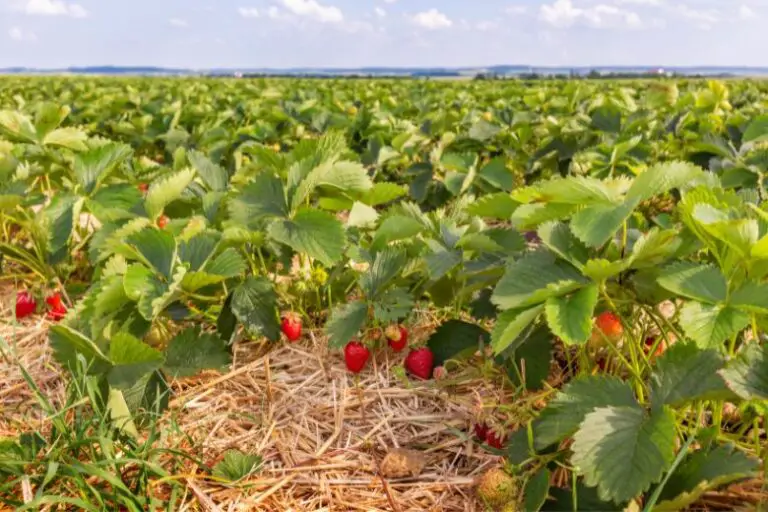Are Grape Hyacinths Edible
Grapes are delicious and juicy fruits that come in various colors, such as red, green, and purple. They are widely loved for their sweet and refreshing taste, making them a popular choice for snacks, juices, and desserts. Besides their delightful flavor, many people wonder about the nutritional content of grapes, particularly their iron content. In this article, we will explore the iron levels in grapes and their potential benefits for overall health Grape hyacinths,
Grape Hyacinth Varieties
There are several fascinating varieties of grape hyacinths, each with its own distinctive features and hues. The most commonly encountered ones include:
- Muscari armeniacum: This variety displays stunning deep blue or purple flower spikes that can grow up to eight inches tall.
- Muscari botryoides: Also known as “common grape hyacinth,” it features rich blue or white flowers in compact, grape-like clusters.
- Muscari latifolium: With its unique two-toned flowers, combining purple-blue and pale blue shades, this variety adds a touch of elegance to any garden.
- Muscari aucheri: This type showcases vibrant cobalt blue or white flowers and is particularly favored for its larger blooms.
Cultivating Grape Hyacinths
To successfully grow grape hyacinths in your garden, it’s crucial to provide them with the optimal conditions. These plants prefer well-drained soil and thrive in areas with full or partial sunlight. Here are some essential tips for their cultivation:
- Planting: Grape hyacinths are typically planted in the fall, allowing them to establish their roots before winter. Place the bulbs about two to three inches deep in the soil, spacing them a few inches apart.
- Watering: While grape hyacinths are relativelydrought-tolerant, they still require regular watering, especially during dry periods. Keep the soil consistently moist but not waterlogged.
- Soil Requirements: Grape hyacinths prefer soil that is rich in organic matter and well-drained. If your soil tends to retain water, consider amending it with compost or sand to improve drainage.
- Maintenance: Once the grape hyacinths have finished flowering, allow the foliage to die back naturally. This helps replenish the bulbs for the following year. Avoid cutting or removing the foliage prematurely.
Symbolism and Cultural Significance
Throughout history, grape hyacinths have held symbolic meanings in various cultures. They are often associated with rebirth, fertility, and the arrival of spring. In many festivals and celebrations, grape hyacinths are used to decorate homes and public spaces, adding a vibrant touch to the festivities.
In Persian culture, grape hyacinths are closely linked to the celebration of Nowruz, the Persian New Year. They are an integral part of the Haft-Seen table, representing renewal and prosperity.
Medicinal and Herbal Uses
Grape hyacinths have a history of being used in traditional medicine for their potential health benefits. However, it’s important to note that scientific research on their medicinal properties is limited. Some traditional uses include:
- Respiratory Health: In folk medicine, grape hyacinth bulbs were sometimes used to alleviate respiratory issues such as coughs and congestion.
- Anti-inflammatory Properties: It has been suggested that certain compounds found in grape hyacinths may possess anti-inflammatory properties, although more research is needed to validate these claims.
- Cautionary Notes: While grape hyacinths may have traditional uses in herbal medicine, it’s essential to consult a healthcare professional before using them for any medicinal purposes. Some individuals may experience allergic reactions or adverse effects.
Edibility of Grape Hyacinths
When it comes to consuming grape hyacinths, caution should be exercised. While they are not typically classified as toxic, they are not widely regarded as edible either. The bulbs and flowers contain certain alkaloids that can be harmful if consumed in large quantities or by sensitive individuals.
It is crucial to highlight that grape hyacinths are primarily grown for ornamental purposes and not for culinary use. Therefore, it is recommended to avoid eating them unless you have expert knowledge and guidance regarding their edibility and safe consumption.
Nutritional Profile
Grape hyacinths are not known for their significant nutritional content. As primarily ornamental plants, their bulbs and flowers are not typically consumed for their nutritional value.
Cautions and Precautions
While grape hyacinths are generally considered safe when handled with caution, there are a few precautions to keep in mind:
- Allergies: Some individuals may be allergic to grape hyacinths, experiencing skin irritation or respiratory issues upon contact. It is advisable to handle them with gloves and wash your hands thoroughly after touching them.
- Confusion with Edible Plants: Grape hyacinths can resemble certain edible plants, such as wild garlic or chives, which have a similar appearance. It is crucial to accurately identify the plant before considering it for consumption.
- Safety for Pets: If you have pets, be aware that some animals may be more sensitive to the toxic compounds present in grape hyacinths. Keep them away from these plants to prevent any potential harm.
Conclusion
Grape hyacinths, with their enchanting clusters of bell-shaped flowers, add a touch of elegance to gardens and landscapes. While they have symbolic significance and potential traditional medicinal uses, their edibility remains a topic of caution and uncertainty. It is advisable to enjoy grape hyacinths for their ornamental value and to refrain from consuming them unless you have expert knowledge and guidance on their safe consumption.
Remember, when it comes to plants, it is always better to err on the side of caution. If you have any doubts or concerns about the edibility of a particular plant, consult with a knowledgeable expert or a healthcare professional.


